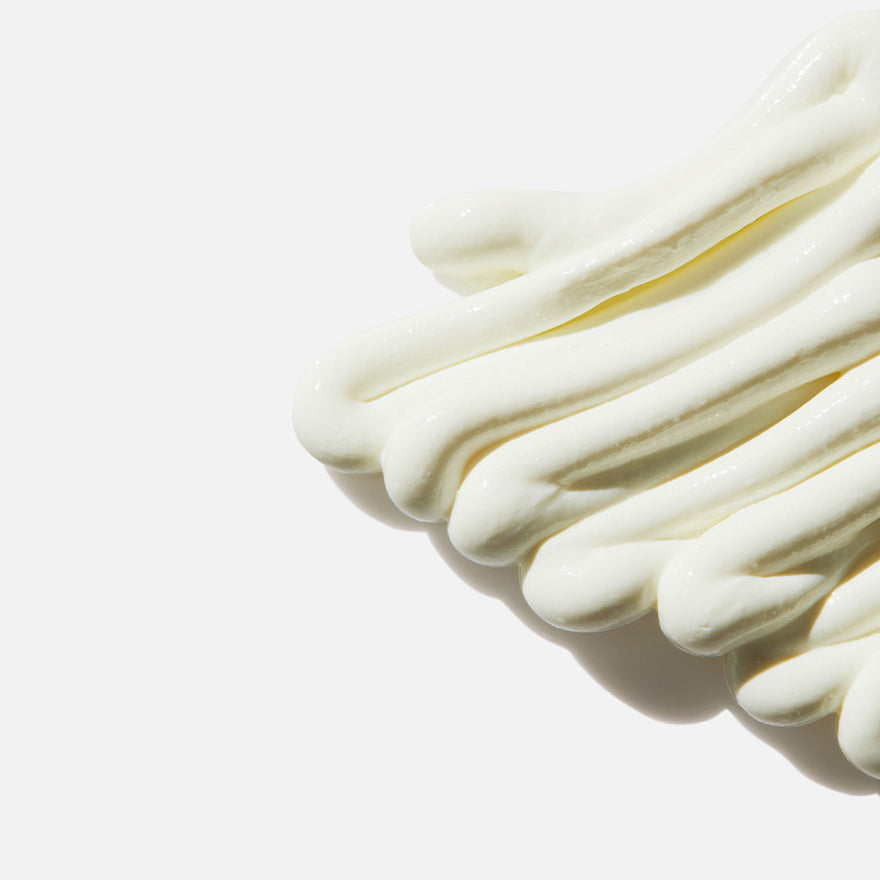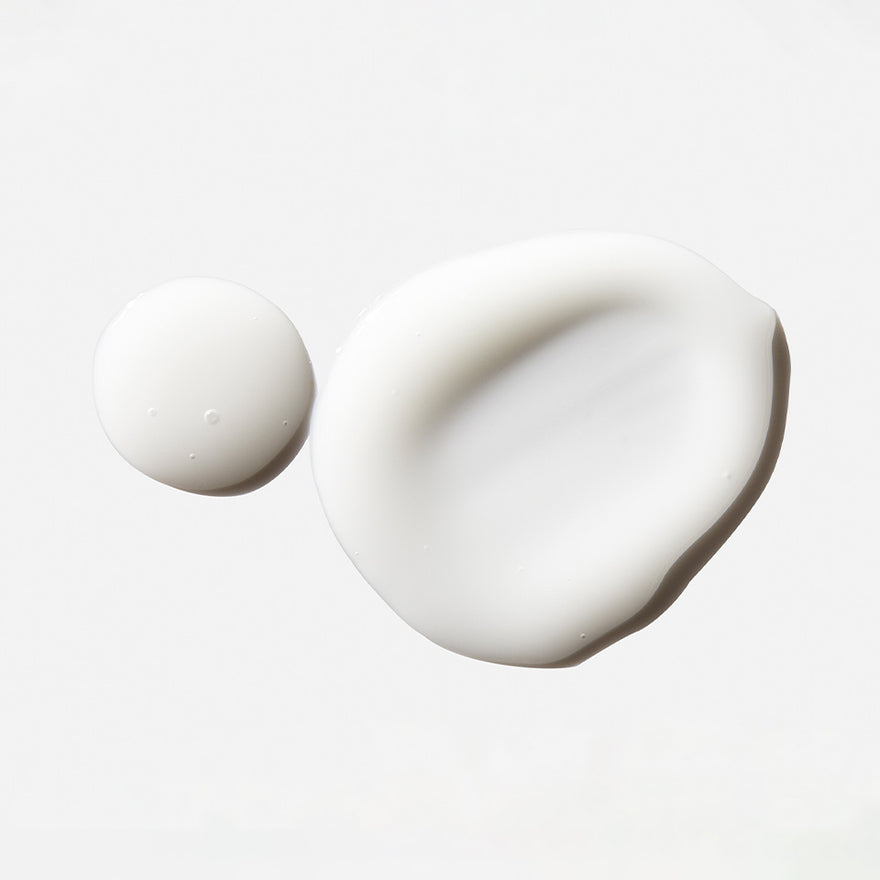Now for some good news. There are plenty of clinically proven topical ingredients that can work to improve acne symptoms. In the spirit of sharing (and achieving skin health) we’ve compiled a few of our favourites:
Retinol: A derivative of Vitamin A, Retinol is a well-researched ingredient that’s proven to speed up cellular turnover. What it does is prevent a build-up of expired cells, reducing the likelihood of congestion, plus Retinol also brightens up the look of pesky post-inflammatory hyperpigmentation – those dark marks that linger after a particularly tricky breakout.
Try: Retinol Serum
This 1.25% encapsulated Retinol treatment also boasts peptides to improve skin strength, clarity and resilience.
Glycolic Acid: Glycolic Acid is an Alpha-Hydroxy Acid that dissolves the ‘glue’ holding dead skin cells together. With regular use, it kick-starts the desquamation – or skin-peeling – process, reducing the risk of clogged pores.
Try: Glycolic Scrub 14%
Made with Glycolic Acid and biodegradable Silica beads, this hybrid chemical/ manual exfoliant works to refine and retexturise the skin.
Try: Expert Glycolic AHA Toner
This leave-on treatment combines a 5% Glycolic Acid concentration with Witch Hazel, Aloe Vera and Green Tea to exfoliate, brighten and smooth acne-prone skin.
Lactic Acid: Lactic Acid is another Alpha-Hydroxy Acid, but its molecular size is larger, meaning it works on the upper layers of the skin only. Because the effects aren’t as intense, it’s a great choice for acne suffers who also have sensitive skin.
Try: L-Lactic Cleanser
Gentle but effective, L-Lactic Cleanser sweeps away dirt, sebum and superficial skin cells to refine and rehydrate. With ongoing use, it will keep potentially pore-clogging debris away.
For even more acne tips, check out our Acne & Breakouts Collection — it details all the Skinstitut products and steps that are designed to reduce and improve persistent breakouts.










































